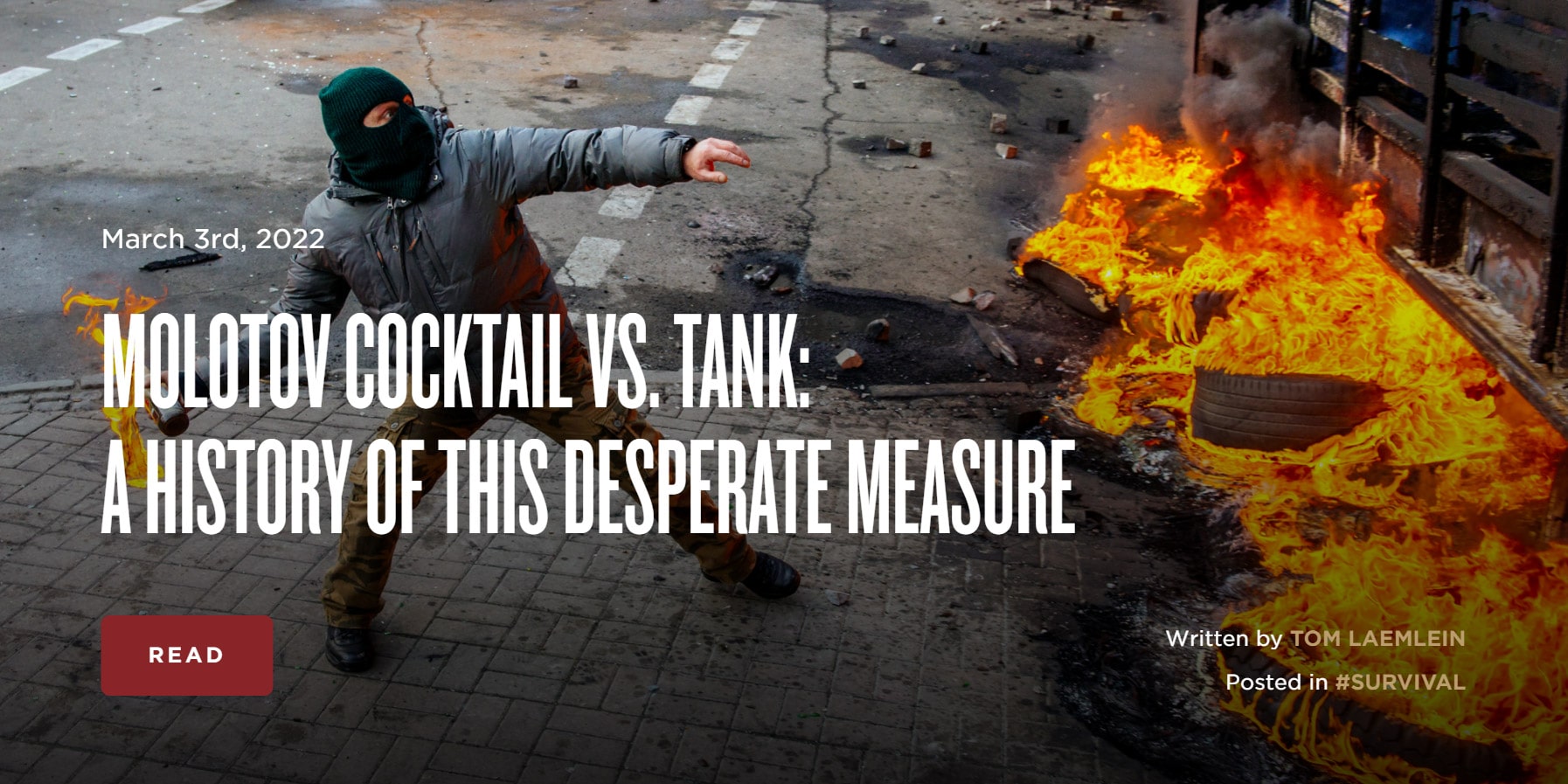I am another history enthusiast and really enjoyed the article. I took a few small issues though. After experimental work around the Somme Battles, the brits settled on the Mark V in a big way and cranked out as many as they could but as is normal in times like that couldn't produce them fast enough. As a result they deployed early Mk IIs built only for training purposes in battle that were actually built with "boiler plate" rather than "armour plate". By August 1918 when there was actually an "Armoured Corps" of a dozen odd battalions the earlier tanks were used as carriers for supply and bringing up troops. Some claim Lt Gen John Monash, Australian Corps Commander, was the best allied general of WW1, and he was an early innovator of combined arms including aircraft. The Amiens Battle was his brainchild launching the final allied offensive centered on the Australian and Canadian Corps supported by the British III Corps, Armoured Corps, Cavalry Corps and French XXXI Corps of their 1st Army. In an action called the "Black Day of the German Army" by Ludendorff a hole 15 miles wide and several miles deep was driven through the German front. Because of mechanical unreliability and the obvious reaction of drawing all of the German fire, most of the several hundred tanks were out of action at the end of the day. But they had accomplished their job destroying hard points and wreaking havoc on the defenses which enabled the infantry with heavy artillery support to sweep up hordes of demoralized enemy. Over the next few days they continued but with less success including costly cavalry action as the German Army rushed in reinforcements.
At the end of the war most of the surviving tanks were sent to Russia against the communists and most surviving tanks are in museums there. Few had any idea then how tanks would evolve but most tanks between the wars focused on mobility in the traditional cavalry role. As a result the bankrupted British army entered WW2 with mostly light Mk VI tanks and a few Matildas. In the 30's Germany used the same ideas and produced their Mark I and Mark II which weren't much better than the British Mk VI. They were mostly lost in France. In 1940 the US Army produced exactly 18 M2 medium tanks at Rock Island while tanks were part of the infantry by an Act of Congress. A number of countries built fairly primitive tanks but the Soviet Communists with their relative experience probably built some of the best. Your discussion on the Spanish Civil War was most interesting. But early WW2 was decided by command and control or the French with their Char B tanks would not have been defeated so decisively. Tanks and guns developed very quickly after that and a couple of years later the Germans were shocked to be facing the T34, arguably the best tank of WW2. During the whole process it has remained consistent that tanks are best employed as combined arms. When 1st Sea Lord Winston Churchill started the "tank" it was to break across the trench lines. Things changed dramatically after that.
Molotov Cocktails are very interesting but anti-armor weapons have been evolving for a century. I think most of Russia's tank losses are from trained men well equipped with a lot of anti-armor weapons from all over the world. Sweden alone provided 5000 (Karl Gustavs?). The total Russian Army reportedly has 12,500 fairly old tanks operated by young poorly trained conscript soldiers with no true NCO corps. The videos we have seen show bunched up and canalized vehicles entering close quarters. We only get what they want us to see, but it doesn't appear there is any inter-arms coordination and movement. The picture shown with a Molotov cocktail is attacking a soft skin vehicle which makes sense. It sounds like they are getting enough anti-armor weapons to destroy the Russian fleet.


